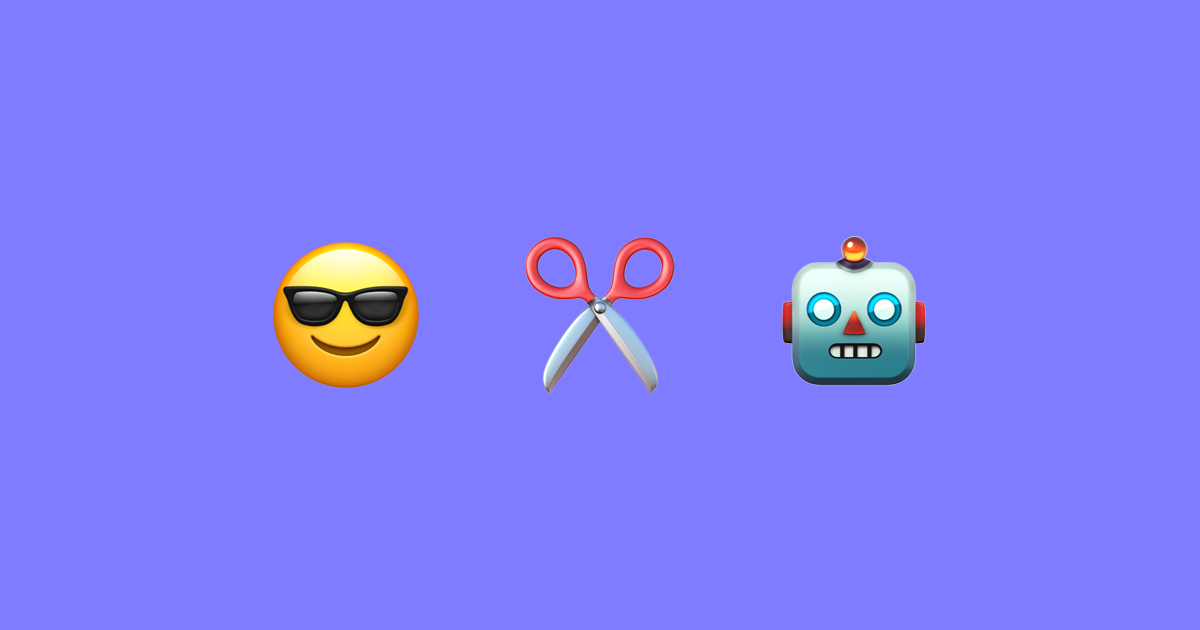A list of trends was collected from several respected publications on biotechnology, which in the new 2018 will (continue) to develop. Not without a big date and a blockchain (and without bitcoins), but I tried to give interesting examples to all the obvious trends.
The reason to talk about trends was the
New Year campaign "Atlas" . We will consider it an opportunity to try one of the main trends on ourselves - the direction of predictive and personalized medicine. It is aimed at the prevention of diseases and prevention, which takes into account the characteristics of each patient.

VR in medicine
Although initially virtual reality was conceived as a gaming technology, it has a great future in medicine. Virtual reality gadgets are successfully used to relieve pain, especially in palliative (incurable) patients. The first tests in hospitals showed that using VR records with 15-minute videos reduces pain by 13%, and using special gaming programs - by 24%.
Demonstration of Cedars-Sinai glasses in clinical practiceVirtual reality glasses help patients feel at home who have to spend several months in the hospital. At home, in a literal sense, glasses show patients their home environment, favorite toys and animals.
Another important therapeutic contribution of VR is the possibility of accelerated rehabilitation of patients with impaired motor functions (for example, after a stroke).
Another VR helps to feel yourself in the place of another person: there are programs that convey the feelings of an elderly person with the first symptoms of dementia (senile dementia). It helps young doctors and relatives to better understand their patients.
Now we are waiting for testing programs and games that will slow down the development of neurodegenerative disorders.
Big Data and Artificial Intelligence
Big data and high computational speed gives the machine an advantage over man in terms of diagnosis. Programs more precisely and earlier define depression, Alzheimer's disease, certain types of oncology, and
glaucoma .
IBM Watson algorithm is able to determine glaucoma with an accuracy of 95%Programs are ready to replace radiologists and independently analyze the images and results of the survey. They are also expected to use algorithms to calculate treatment programs based on arrays of scientific data and personal data about the patient.
CAR-T and CRISPR-Cas9 genome editing technology
These technologies have existed for several decades, but 2017 has become really important for their advancement. During the year, the FDA (Food and Drug Administration) issued permission to several drugs based on gene editing.
CAR-T (chimeric antigen receptor) - therapy with chimeric antigen receptors. It is based on the genetic modification of the patient's T cells and can be used to treat a malignant tumor or autoimmune diseases. This year, it has been approved
for the treatment of B-cell lymphoma .
CRISPR-Cas9 is a
more versatile genome editing technology, spied on by bacteria . It allows you to find certain parts of DNA, break the chain of nucleotides and make a point substitution. While the process does not always occur as it was intended, but the technology has great potential for the treatment of HIV, cancer, hereditary diseases such as AGR. In 2016, CRISPR-Cas9 was first used in clinical practice in China.
The search for more accurate solutions for genome editing will continue, and if successful, it will give a chance for complete cure to millions of patients.
More attention to rare diseases
For a long time, mankind and state institutions were more concerned with the treatment of common diseases. Today, when a solution has been found for most popular diseases (or it is clear that the search for a solution will not be easy), we can afford to search for medicines for rare diseases and syndromes. These are diseases that affect less than 200,000 people, but the total number of patients with rare diseases is approximately 350 million people in the world.
The search for drugs for these diseases will also attract pharmaceutical companies: there is less competition in this market, and the cost of drugs may be high.
Health diaries, wearable gadgets and other UGC
Traditional clinical tests have ceased to be the only source of information for doctors, and every year the user data is gaining more and more confidence.
First of all it concerns wearable gadgets - pedometers, heart rate monitors, sports bracelets and rings. Now the accuracy of this data allows you to use them to make a diagnosis, make recommendations and a forecast of changes in state.
In addition to data from gadgets, personal “health diaries” become useful - daily notes on mood, activity, nutrition. These data are particularly interesting for the diagnosis of mental states, such as depression or bipolar disorder.
Now the task is to create convenient tracking tools that will motivate users to enter data about themselves, and reliable aggregators that will collect and analyze information from several sources.
If you do not develop medicines for rare diseases, but also want to be in trend, take part
in the New Year Atlas campaign . For 950 rubles you can buy a discount of 9,600 rubles per check. The money spent, as a public promise, increases the chance to pass this checkout. Well, if there was no time for health throughout the year, Atlas will return the money.